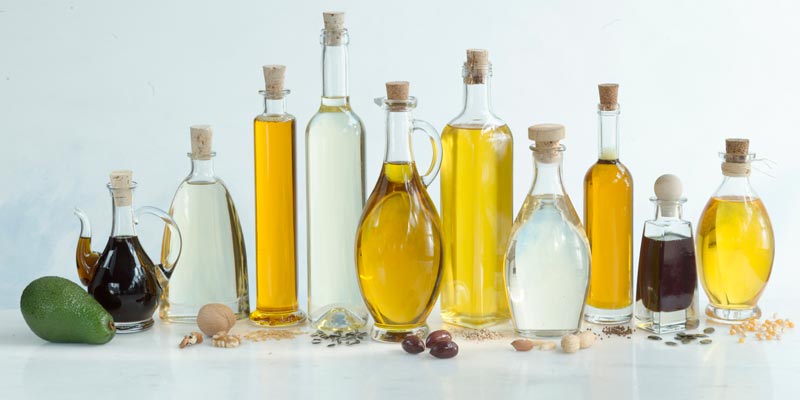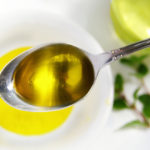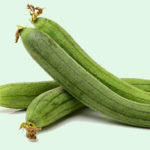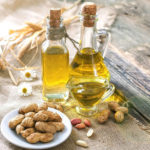1 The Role of Fats in the Body

– An important energy source: 1 gram of fat (animal fat and vegetable oil) provides the body with 9 calories, more than protein or carbohydrates.
– A good solvent for fat-soluble vitamins, mainly A, D, E, and K. The body needs oil or fat to absorb and utilize these vitamins effectively.
– An important source of many essential substances for the body, such as lecithin, essential unsaturated fatty acids, and other important biological substances.
– Regulating the body’s activities, including participation in cell membranes, nuclear membranes, and intracellular organelles. It also protects the body from temperature changes in the environment, especially cold.
– Fats also play a role in the early development of children’s intelligence and physical strength, as they are crucial for the central nervous system.
2 Differences Between Vegetable Oil and Animal Fat

Similarities:
– Neither dissolves in water; they only dissolve in organic solvents like ether, benzene, and chloroform.
– Both provide 9 calories per gram.
– Comprised of fatty acids, organic compounds that include carbon, hydrogen, and oxygen.
Differences:

– Vegetable oils contain more unsaturated fatty acids and no cholesterol. Animal fats, on the other hand, contain more saturated fatty acids and can increase cholesterol levels in the blood (except for fish).
– Animal fats solidify at normal temperatures, while vegetable oils remain liquid.
– Animal fats are richer in vitamins A and D, while vegetable oils contain more vitamins E and K.
– Vegetable oils can lower bad cholesterol levels in the blood, but animal fats can increase them. Excessive consumption of animal fats can lead to atherosclerosis, high blood pressure, and diabetes.
– Vegetable oils are more easily absorbed by the body than animal fats.
3 Why We Should Use a Combination of Oil and Fat

– Creating high-value biological fat: Combining animal and vegetable fats creates a biologically valuable fat that is beneficial to health. Specifically, animal fats contain vitamins A and D but lack arachidonic acid (except for fish fat) and other unsaturated fatty acids. In contrast, vegetable oils, while lacking vitamins A and D, are rich in linoleic acid, phosphatidyl, tocopherol, and more.
– The ratio of animal to vegetable fat should vary with age: For children, who need arachidonic acid – an unsaturated fat found in animal fats – a combination of 70% animal fat and 30% vegetable fat is ideal. For adults, animal fat should not exceed 60%, while for middle-aged and elderly individuals, vegetable oil should take priority, limiting animal fat to 30-40%.
Both vegetable oil and animal fat are beneficial to health and enhance the taste of food. Therefore, we should include both types of fat in our diet. However, it is essential to avoid high-temperature cooking, as it can generate toxic compounds that increase the risk of cancer.
Source: suckhoedoisong.vn
Tips on Selecting Healthy Cooking Oil and Safe Ways to Cook with It
A Taiwanese company has made a significant impact on the food industry through the recycling of over 700 tons of dirty oil, which has been exported to over 12 countries, including Vietnam. This has raised a few eyebrows among housewives, as cooking oil is an essential condiment in daily cooking. To ensure the safety and quality of their cooking oil, consumers should take note of the following advice.




































